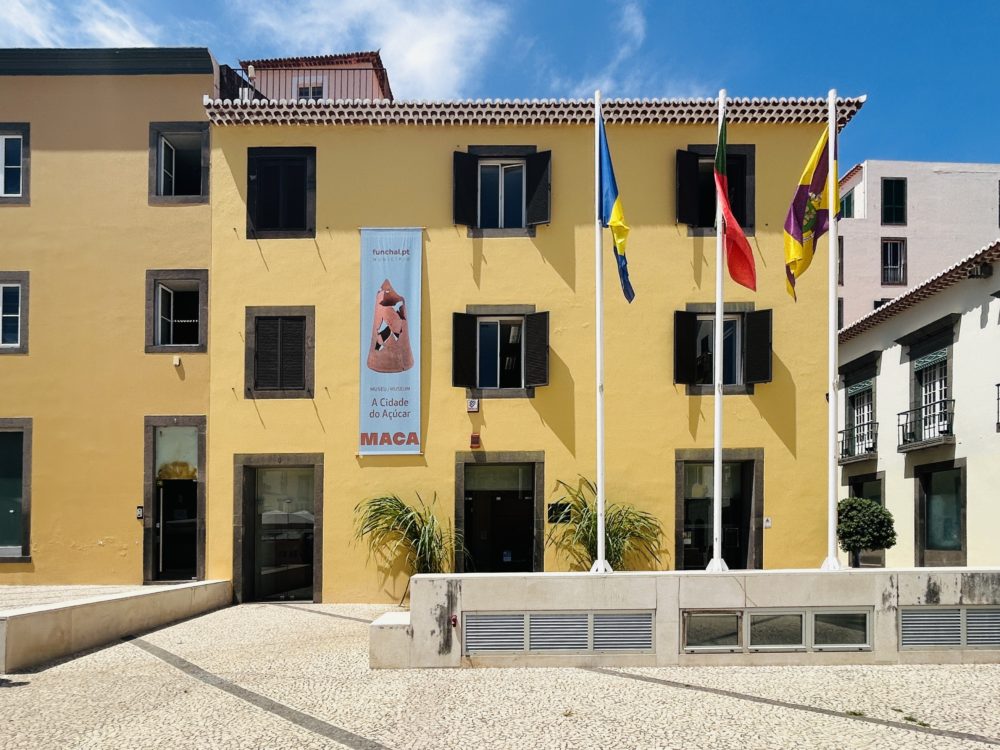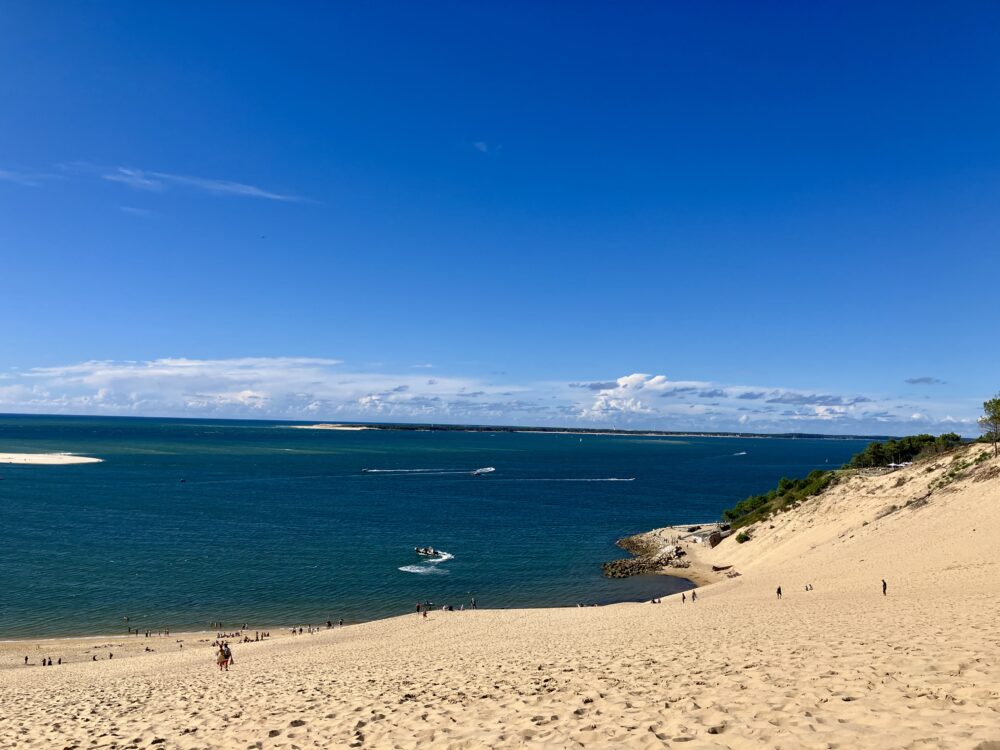In the heart of Funchal the capital city of the beautiful island of Madeira, the Sugar Museum, or “A Cidade do Açúcar,” offers a fascinating glimpse into the island’s rich history during the golden age of sugar production.
This museum, inaugurated in 1996, is housed in a building that once belonged to the Flemish merchant João Esmeraldo, who was a contemporary of Christopher Columbus.
What to See at the Sugar Museum
Visitors to the Sugar Museum can explore a diverse collection of artefacts that reflect the social and economic life of Madeira during the 15th and 16th centuries.
The exhibits include:
- Flemish Sculptures and Paintings: These artworks provide insight into the cultural influences of the time.
- Sugar Forms and Silver Objects: These items illustrate the intricate processes involved in sugar production and trade.
- Asian Porcelain and Jewelery: Reflecting the global trade connections established through the sugar industry.
- Portuguese Pottery: Dating from the 15th to the 17th centuries, showcasing everyday life and craftsmanship.
- Coins and Measuring Instruments: Offering a glimpse into the economic transactions and technological advancements of the era.
The Role of Sugar in Madeira’s History
Sugar, often referred to as “white gold,” played a pivotal role in Madeira’s development. Introduced in the 15th century by Prince Henry the Navigator, sugar cane cultivation transformed the island into a major player in the global sugar trade. Madeira’s sugar was highly sought after in European markets, leading to economic prosperity and the establishment of a complex trade network.
The sugar industry also had significant social impacts. It led to the importation of slaves from Africa and the Canary Islands to work on the plantations and in the mills. This labor-intensive industry required extensive infrastructure, including the construction of irrigation canals and sugar mills, which reshaped the island’s landscape.
The History of the Building
The museum is located in a historic Manueline-style house that once belonged to João Esmeraldo. This building not only served as a residence but also as a temporary home for Christopher Columbus during his time in Madeira. The house was part of a larger estate that included sugar mills and other facilities essential to the sugar trade. The museum’s current location was chosen to preserve and showcase the archaeological finds from the 1989 excavations of Esmeraldo’s former home.
#MadeiraHistory #SugarMuseum #FunchalAttractions #WhiteGoldEra #CulturalHeritage













